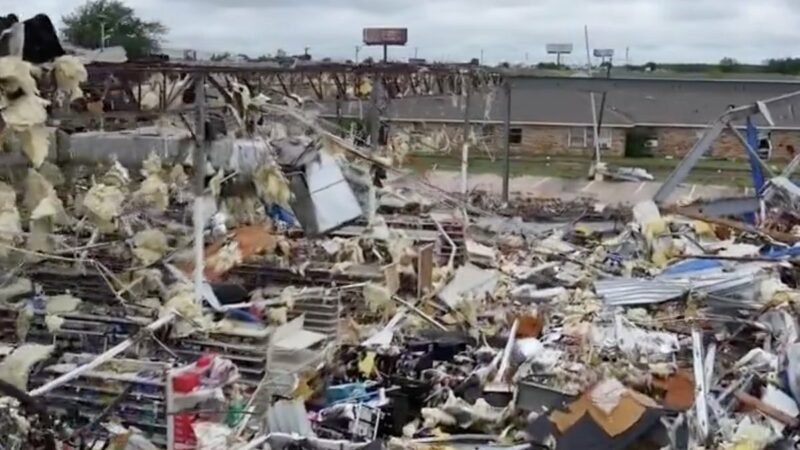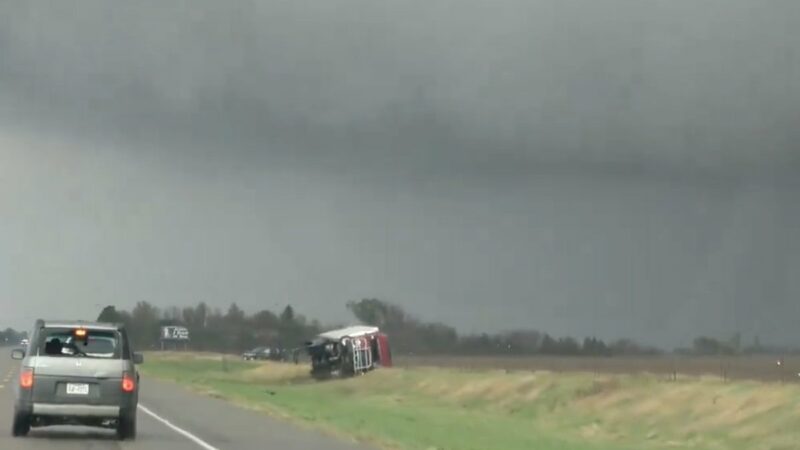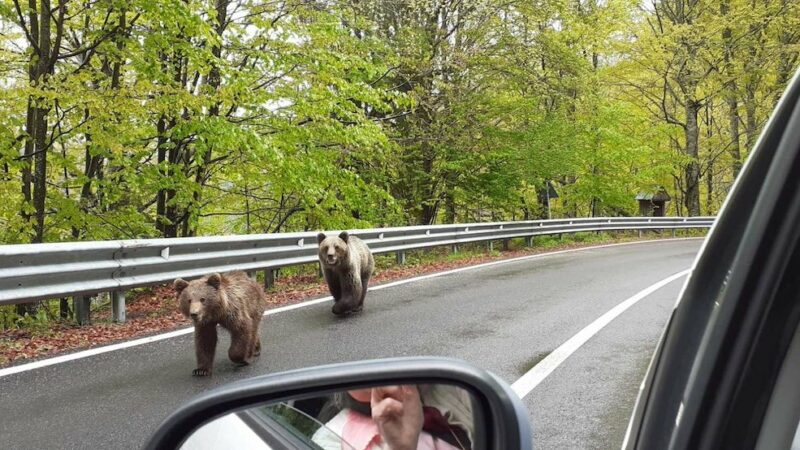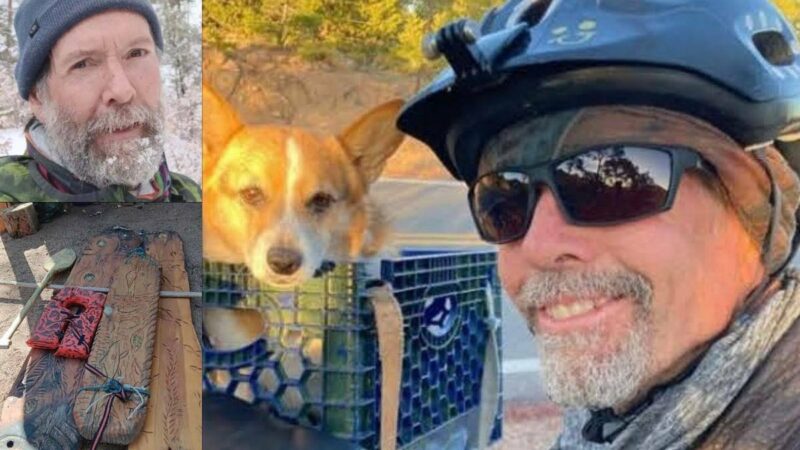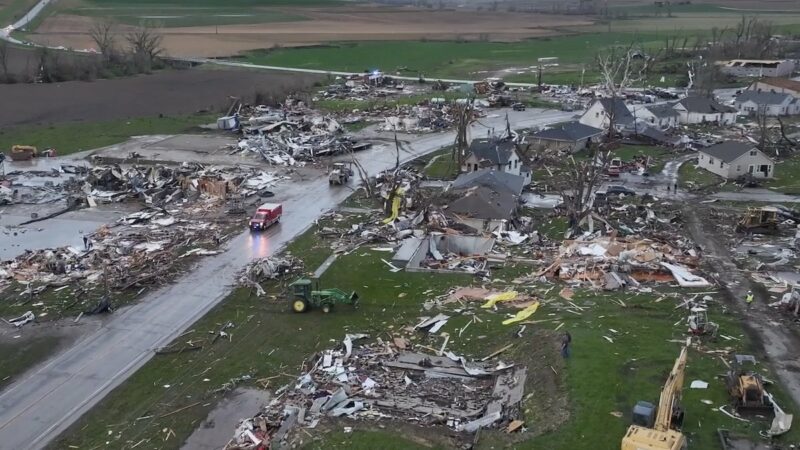8 Things You Didn’t Know About Teddy Roosevelt and the Outdoors
Enjoying the outdoors and protecting our natural resources is an important part of American history. The U.S. has some of the world’s most famous national park destinations and many protected wild spaces. When you trace back the modern foundations of American conservation, you see just how much of it points back to President Theodore “Teddy” Roosevelt.
Videos by Outdoors
His efforts and passion for land preservation gained him the nickname of the “Conservation President.” As president, he protected millions of acres of public land and helped set the foundations for what the National Park Service is today. However, like a lot of history, accomplishments can be highlighted while wrongdoings can be brushed aside. Historians now look at the work of Teddy Roosevelt with more scrutiny alongside a continued focus on protecting the outdoors.
Here are eight things you may not know about Teddy Roosevelt and the outdoors.
He Protected Over 200 Million Acres of U.S. Land
Teddy Roosevelt is known for his adventures and traveling before, during, and after his presidency. Seeing places like the American West led him to work on protecting about 230 million access of public lands in national parks, monuments, forests, and wildlife refuges.
“We have become great because of the lavish use of our resources,” he once wrote. “But the time has come to inquire seriously what will happen when our forests are gone, when the coal, the iron, the oil, and the gas are exhausted, when the soils have still further impoverished and washed into the streams, polluting the rivers, denuding the fields and obstructing navigation.”
This work and efforts he made in land conversation during his presidency has ensured his name remains firmly in the history books next to conservation.
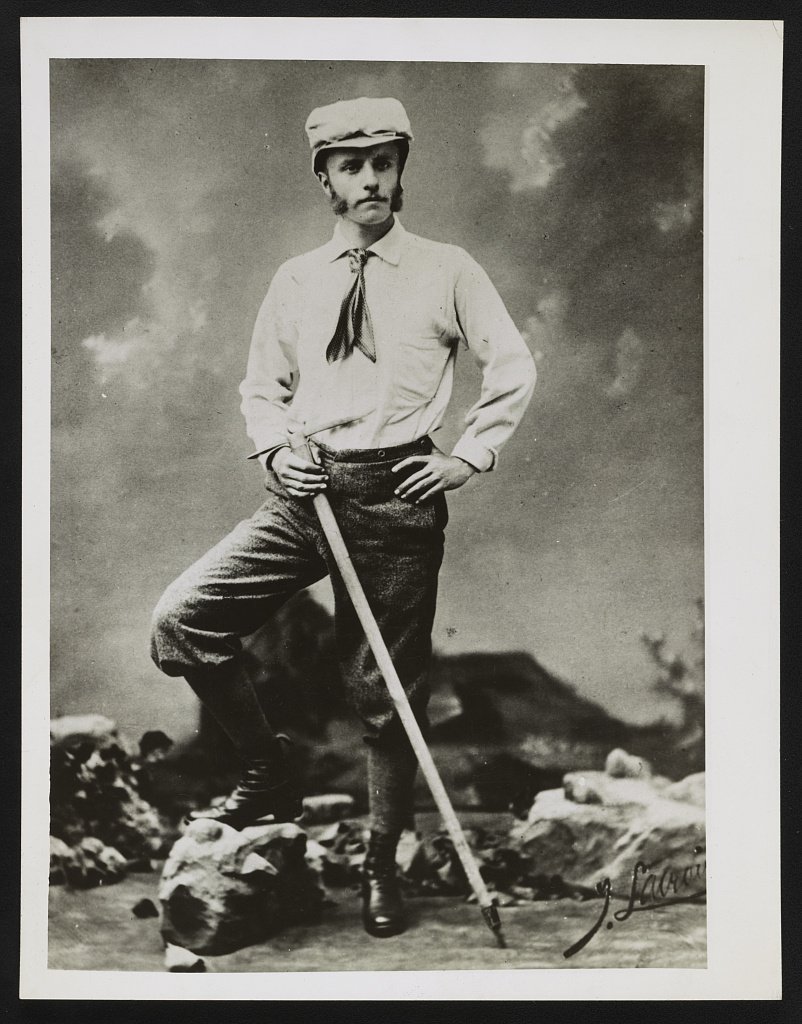
Via Library of Congress.
He Was Friends With John Muir
One of the other biggest names in American conservation is John Muir. Best known for his adventures in California’s Sierras, Muir invited the president to visit Yosemite. The two bounded over a passion for the outdoors and protecting areas that are now national parks. The two were photographed together on one of their trips. It now sits in Yosemite National Park’s historic archives.
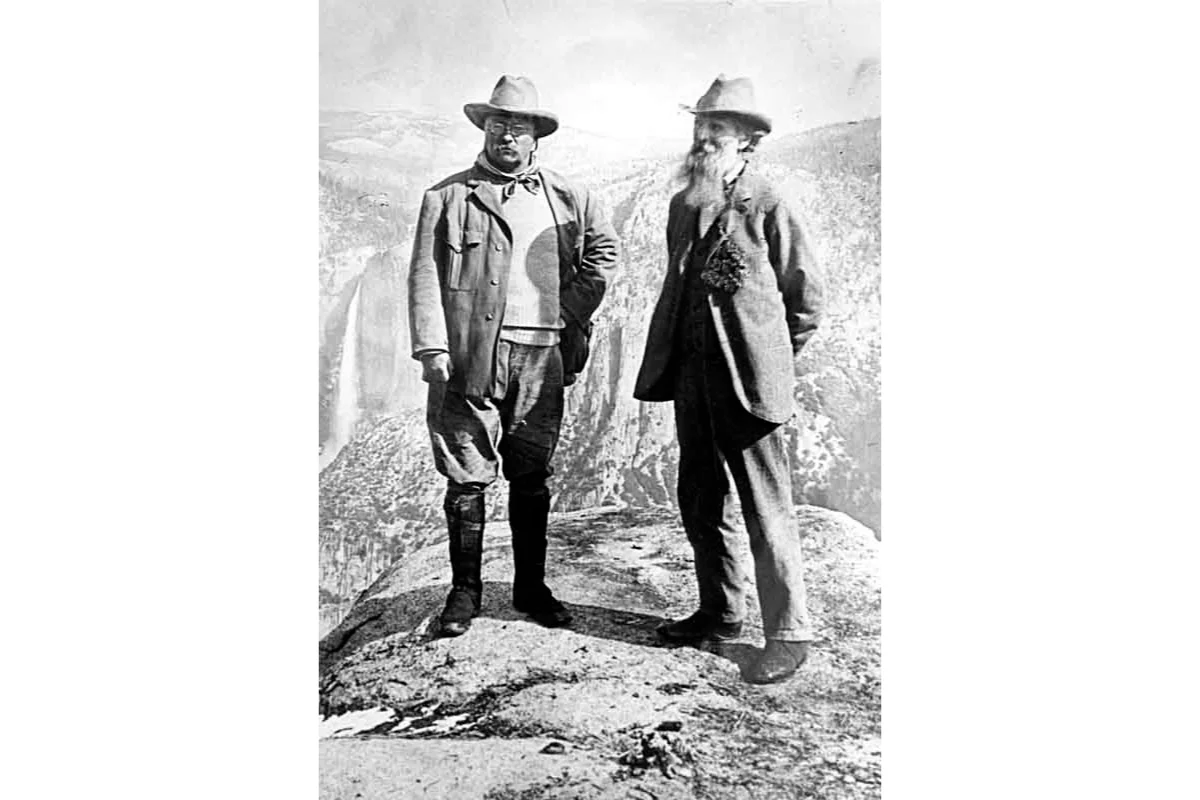
Teddy Roosevelt Helped Create Several of Today’s National Parks
The list of present-day national parks and other conservation areas with Teddy’s stamp of approval is long. He signed legislation that created five new national parks as president, doubling the entire NPS system. Those parks include Crater Lake, Wind Cave, and Mesa Verde National Parks. Two other areas he named national parks were later redesignated as other preserves.
Teddy Roosevelt also used his power as president to designate several national monuments, which later became national parks, including Devils Tower, and Petrified Forest.
In 1908, he also declared the Grand Canyon as a National Monument. Of the canyons, he remarked: “Leave it as it is. You cannot improve upon it. The ages have been at work on it, and man can only mar it.”
The Government Later Named A National Park for Him
In the years after his death, the federal government dedicated land in his honor as a memorial park. Located in North Dakota, the park was once a destination for the former President, where he spent time hunting on the land, which is now home to bison, rivers and beautiful views. On November 10, 1978, President Carter signed a law moving the land from a memorial to become, officially, Theodore Roosevelt National Park. It is the only national park named for a specific person.
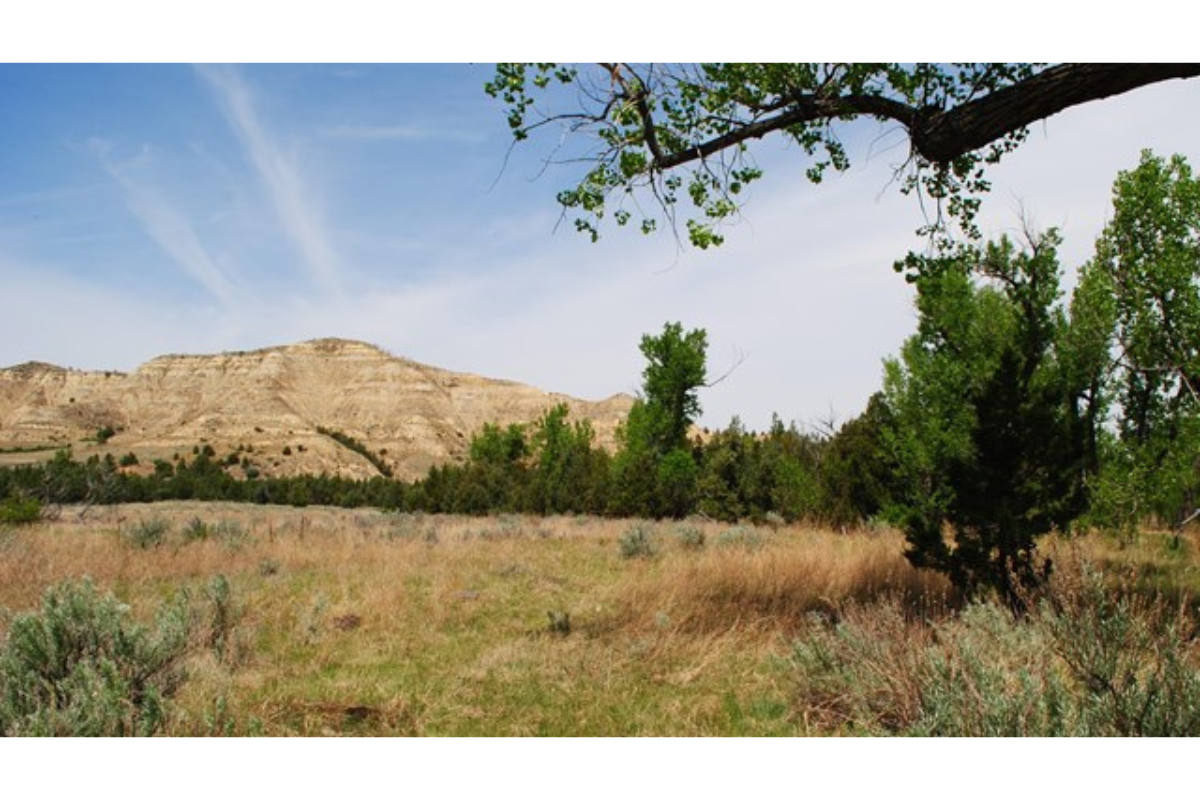
Roosevelt Also Has a Breed of Dog Named After Him
Roosevelt was known as a lover of animals, and housed countless pets in the White House. This passion for wildlife and pets is what landed his name as a breed of dog. The Teddy Roosevelt Terrier is a smaller hunting dog, similar to a rat terrier.
Teddy Liked to Vacation in the Badlands
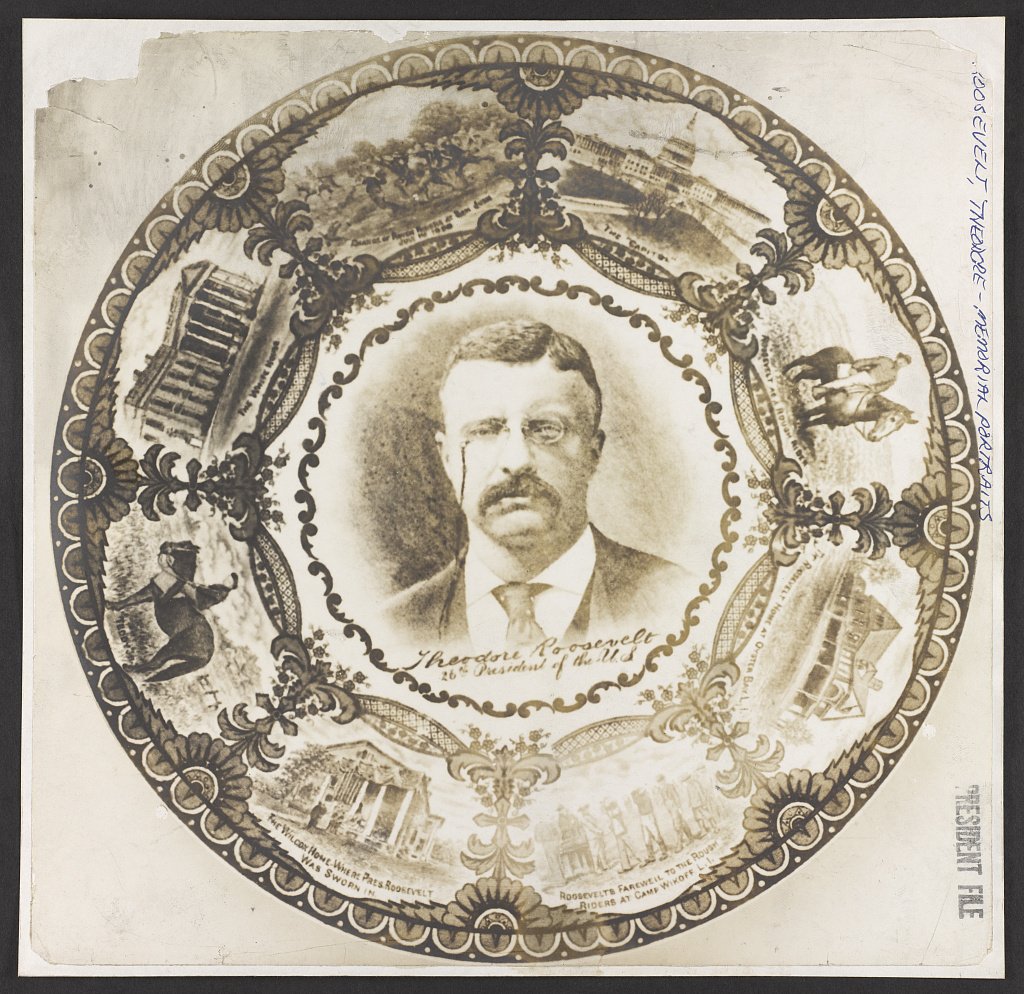
The Dakotas and the Badlands were popular places for President Roosevelt to visit. While many presidents seem to head to the coast or golf course for a relaxing weekend, Roosevelt returned time and time to vacation in the rugged area.
He’s Also Responsible for the U.S. Forest Service
The land conservation didn’t end with the National Park Service. In 1905, Roosevelt created the U.S. Forest Service. Unlike the NPS, the Forest Service focuses more on overseeing land management. While many national forests are full of recreation, others are open to tree harvesting and other public needs.
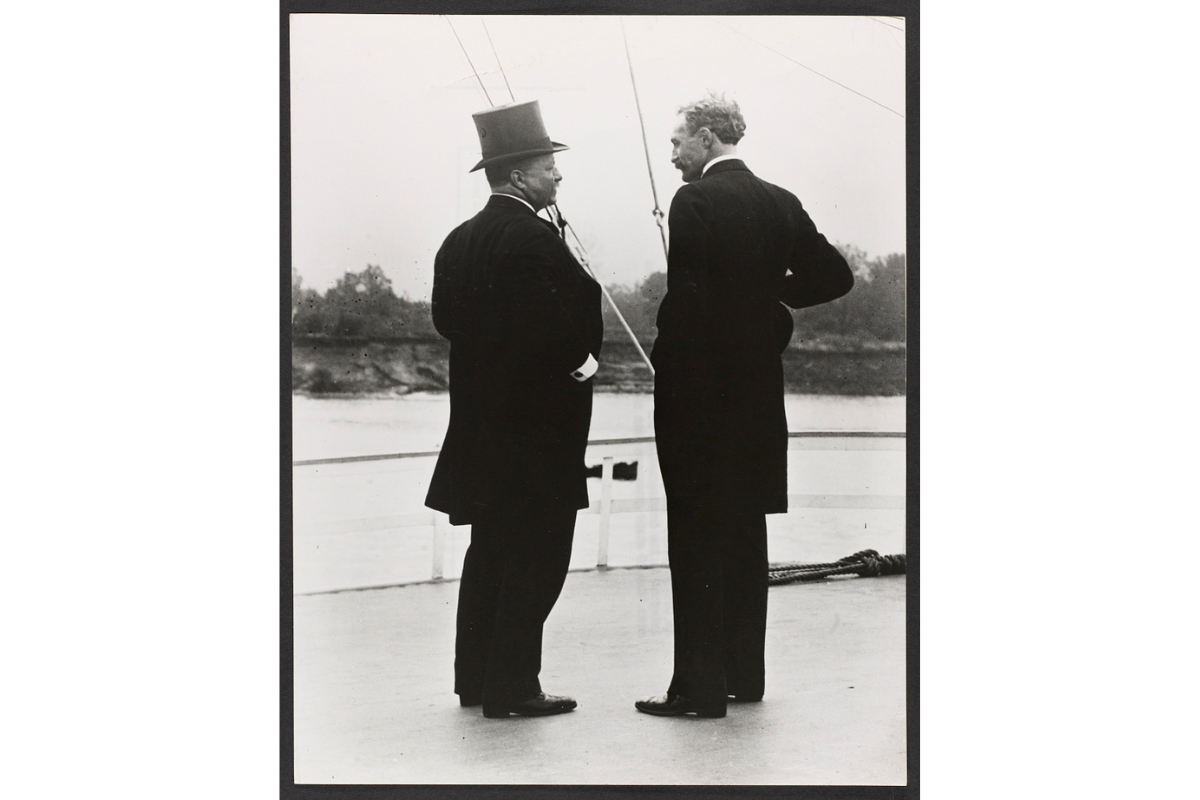
Telling the Whole Story Includes Some Wrongdoings by Roosevelt
Similar to the history of the U.S. in general, Teddy Roosevelt was also responsible for displacing the indigenous people who once called the land home. Many of his efforts in protecting land forced people out of their homes. History now better reflects these facts, showing the president had more than a few flaws.
He and Muir are also on record for racial biases against the original stewards of the land. In 1886, Teddy was quoted as saying, “I don’t go so far as to think that the only good Indian is the dead Indian. But I believe nine out of every ten are, and I shouldn’t like to inquire too closely into the case of the tenth.”
Acknowledging these faults of Roosevelt and the negative history of public land is essential to understanding the whole story.
Source: https://outdoors.com/8-things-you-didnt-know-about-teddy-roosevelt-and-the-outdoors/


